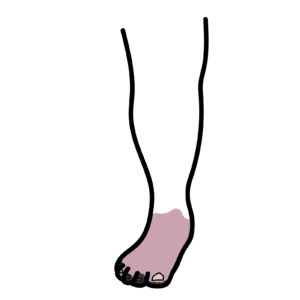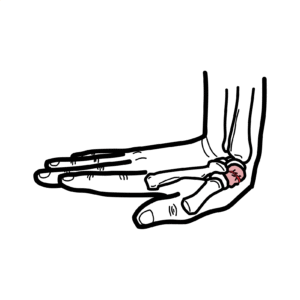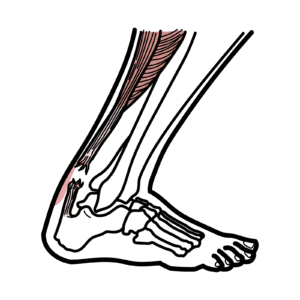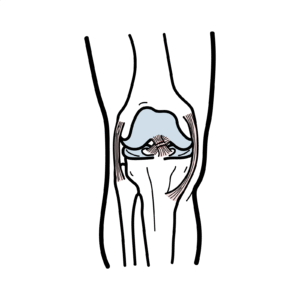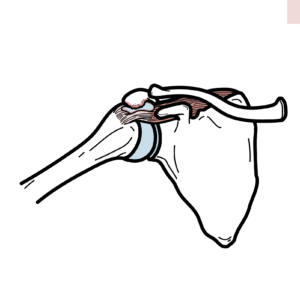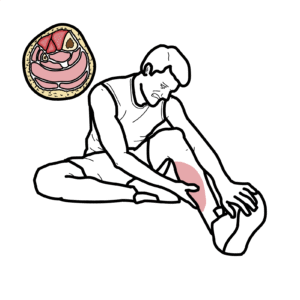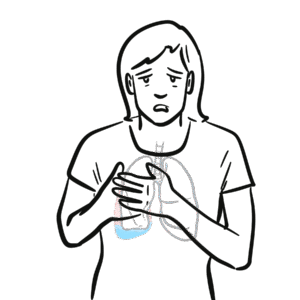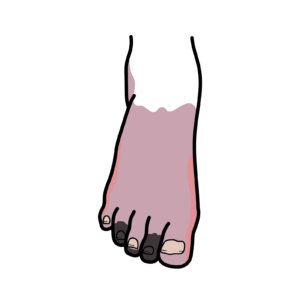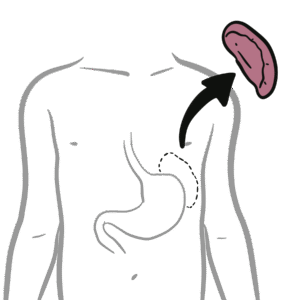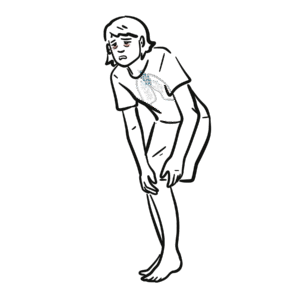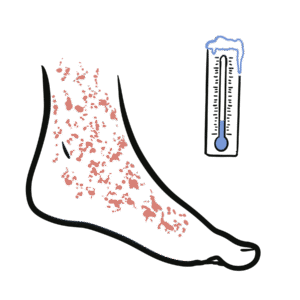What is Pertussis and whooping cough? – Bordetella pertussis symptoms, pathophysiology and treatment
Pertussis (whooping cough) is a highly contagious respiratory infection caused by Bordetella pertussis—learn the signs, transmission, and life-saving prevention tips. This video explains how B. pertussis infects the upper airway, the toxins (pertussis toxin, tracheal cytotoxin, adenylate cyclase toxin) that damage cilia and trigger the classic paroxysmal whoop, and why infants and unvaccinated people are at highest risk. You’ll understand the three clinical stages—incubation, catarrhal, paroxysmal—and how coughing fits, post-tussive vomiting, apnea, and complications like pneumonia, seizures, and rib fractures develop.
Watch to learn practical diagnosis and management: when to suspect pertussis clinically, the role of nasopharyngeal swab culture and PCR, serology limitations, and why immediate antibiotic therapy (macrolides such as azithromycin or alternatives like trimethoprim-sulfamethoxazole) should start before lab confirmation. The video also covers public-health essentials—case notification, infection control measures, and prophylactic treatment for close contacts—to prevent outbreaks.
Benefit from clear guidance on prevention: routine DTaP immunization schedules, maternal vaccination to protect newborns, and vaccination recommendations for those caring for infants. Clinically focused and accessible, this presentation arms healthcare providers, parents, and caregivers with actionable knowledge to recognize pertussis early, limit transmission, and reduce severe outcomes. Watch now to spot symptoms sooner, get prompt treatment, and protect vulnerable populations.




